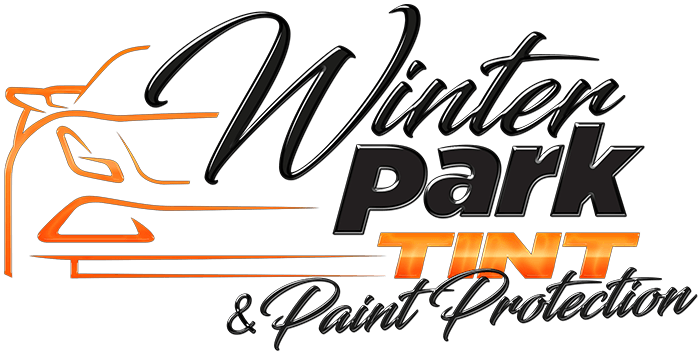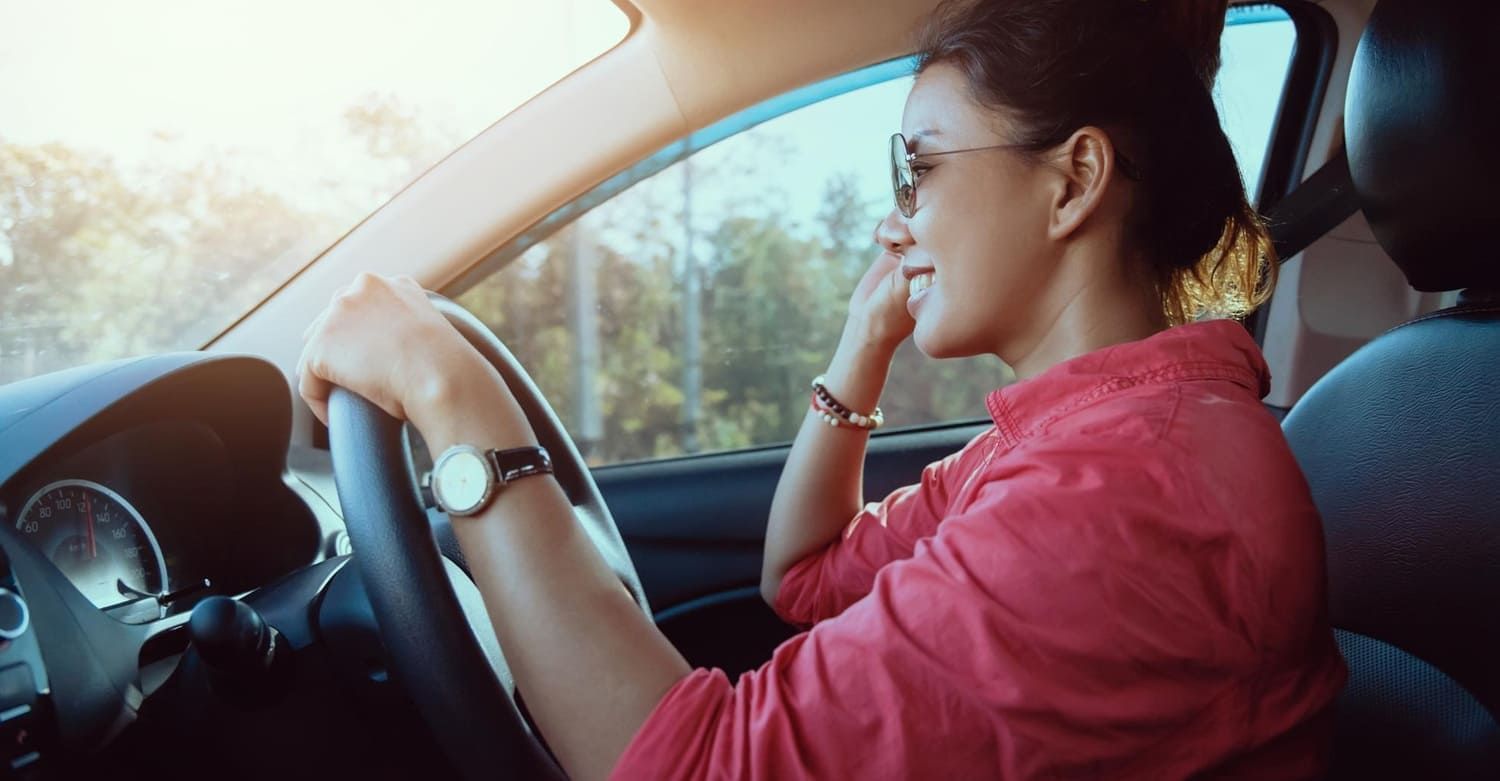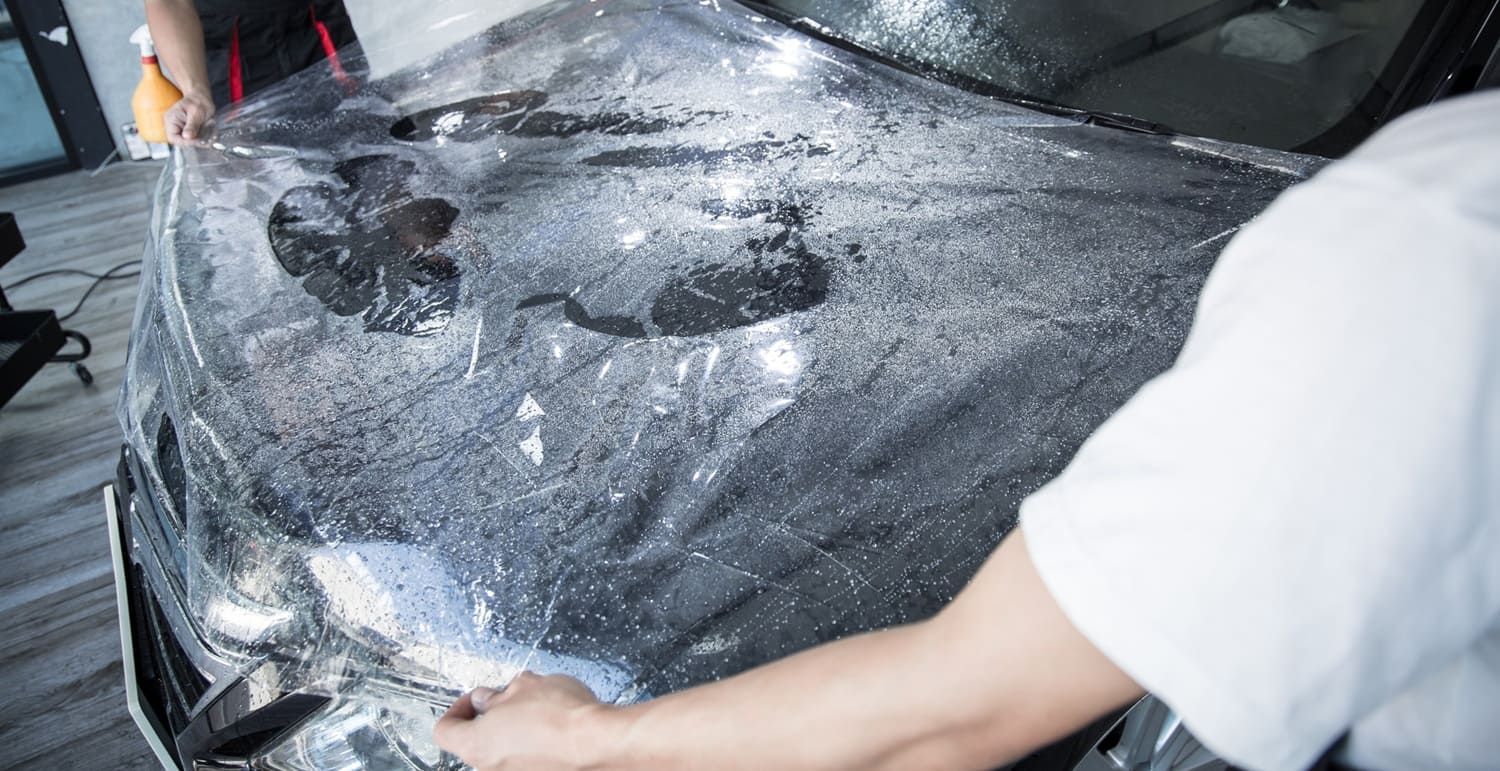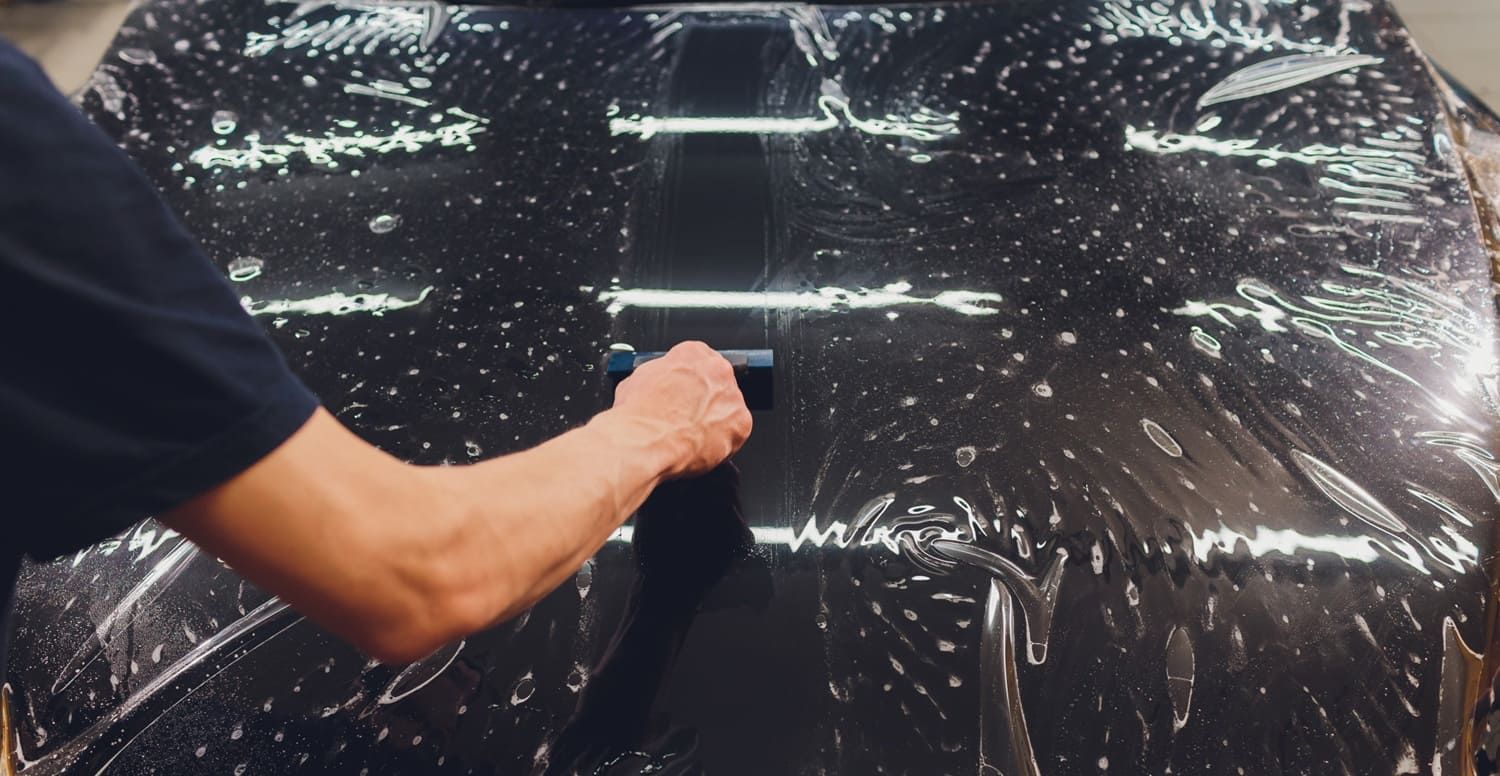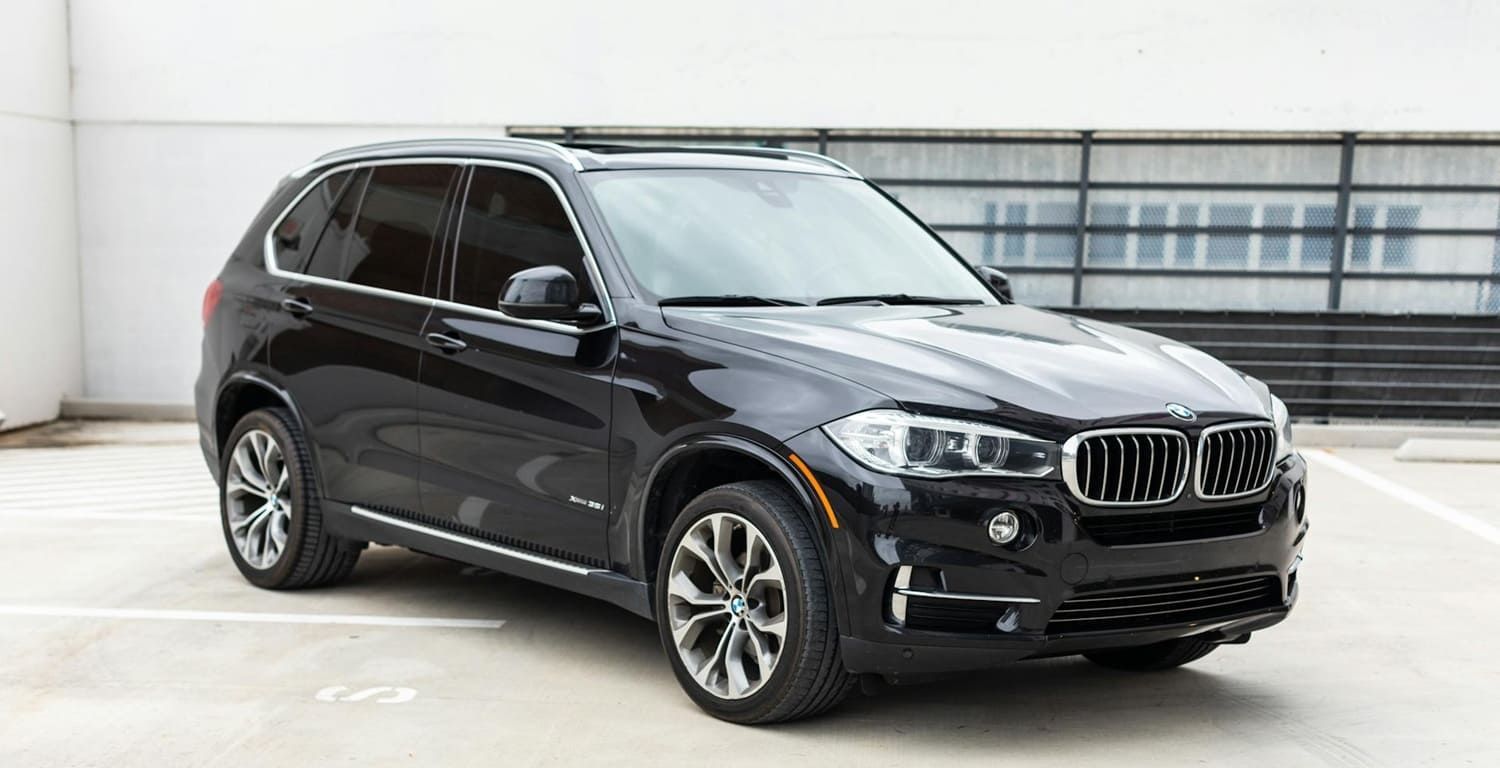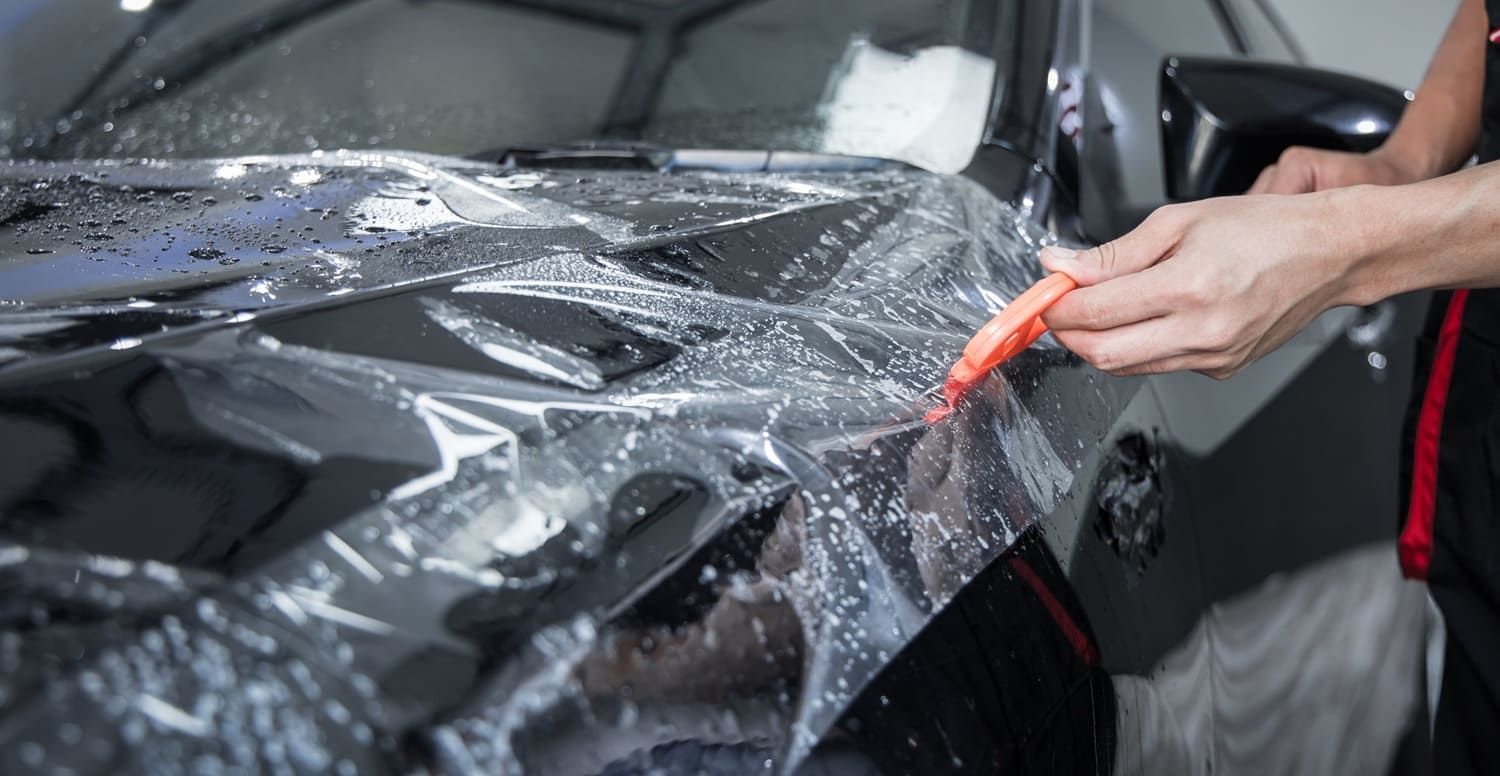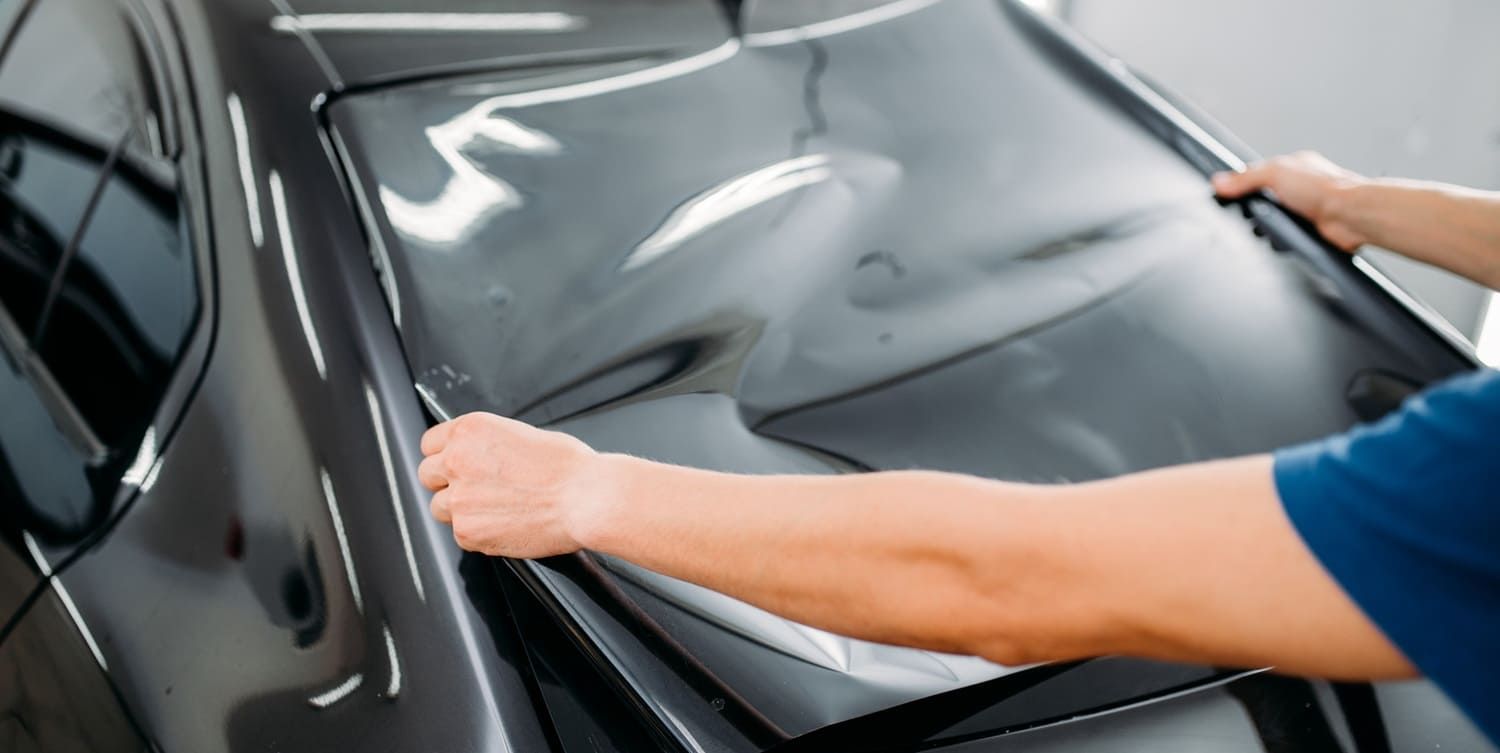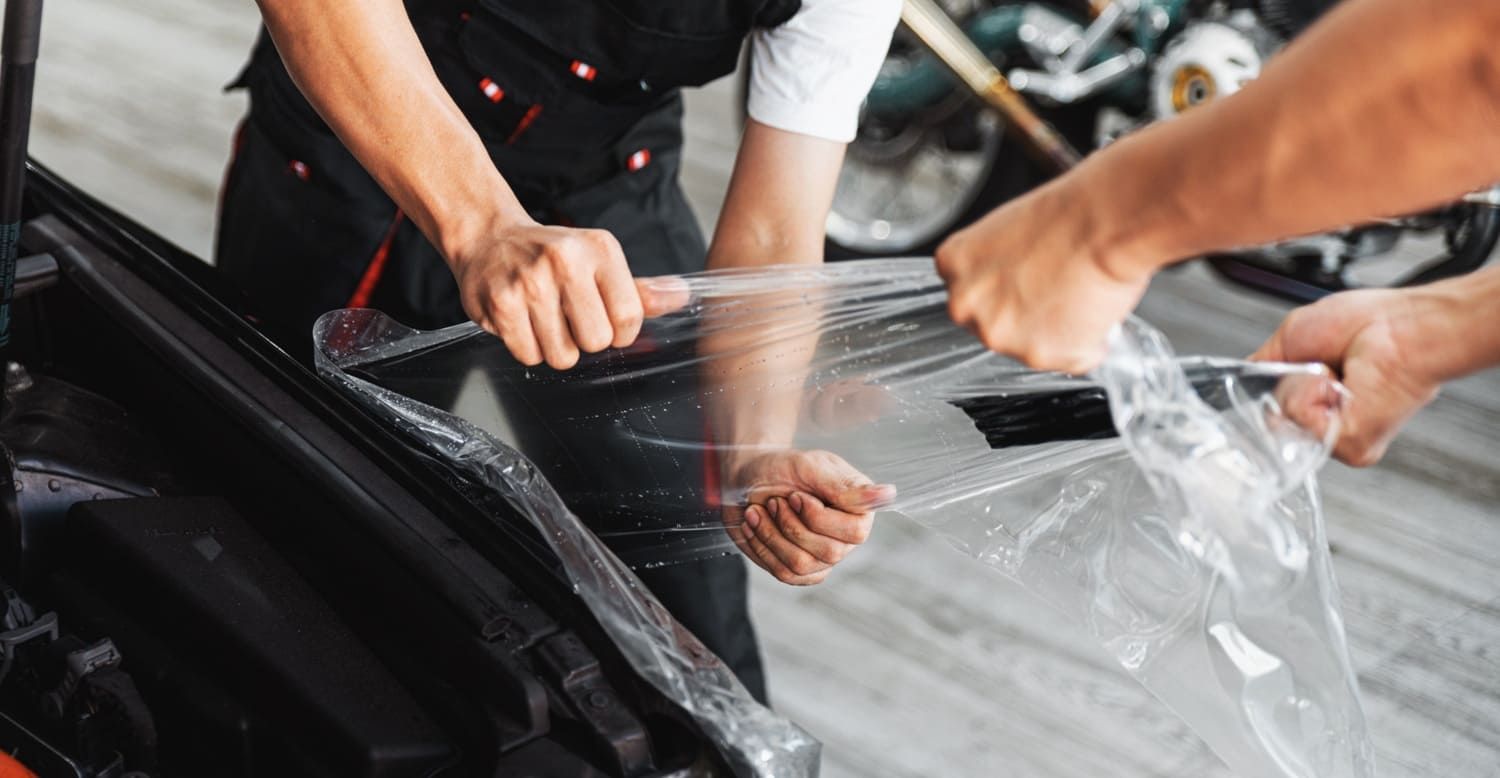What’s the Best Tint Shade for My Car?
Choosing the right tint shade for your car isn't just about aesthetics; it's a decision that affects comfort, privacy, and protection. Whether you're aiming to reduce glare, enhance privacy, or protect your interior from harmful UV rays, finding the best tint shade is crucial. Tinting your car windows also offers a sophisticated look, which can increase the overall appeal and value of your vehicle. In this article, we'll explore the various car window tint options, focusing on the factors you should consider to make the best choice for your vehicle.
Understanding the right tint for your car involves a balance between legal compliance, personal preferences, and functional benefits. Each choice can dramatically alter your driving experience, from reducing heat and glare to enhancing the overall aesthetic of your vehicle. We'll delve deeper into each of these considerations to help you make an informed decision that aligns with your needs and local regulations.
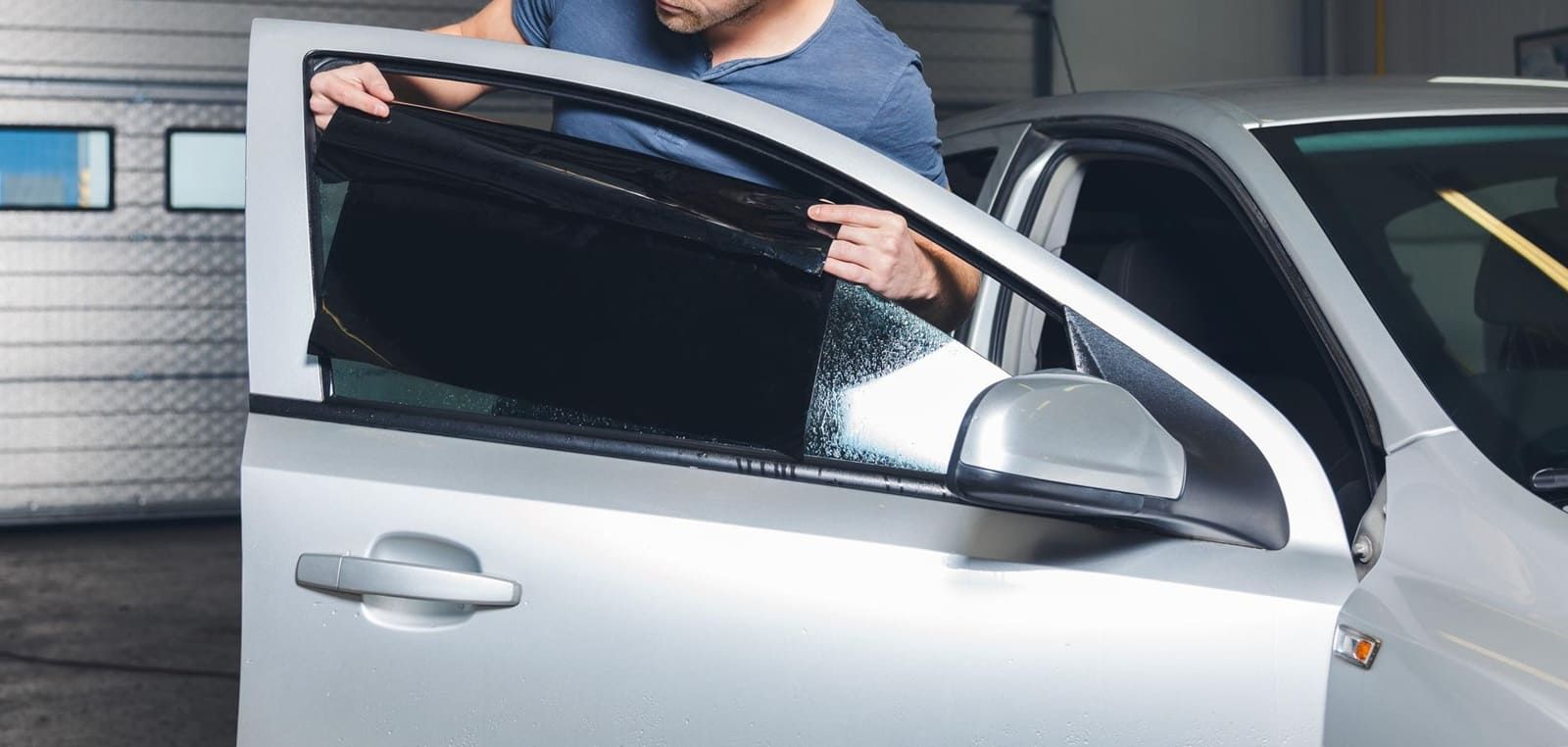
Understanding Car Window Tinting
Window tinting involves applying a thin film to the interior side of a car's windows. This film comes in various shades and materials, each offering different benefits. The primary purposes of tinting are to reduce heat and glare, enhance privacy, and protect the car's interior from fading. With the availability of advanced materials like Llumar FormulaOne auto window tinting, you have more options than ever. These films are engineered to block harmful UV rays and control the heat entering your vehicle, which can significantly improve the comfort level inside your car.
The evolution of tinting technology means that today's options are more efficient and durable than ever before. Modern tints are designed not only for performance but also to withstand the elements, ensuring longevity and maintaining their appearance over time. This means you can enjoy the benefits of tinting without worrying about frequent maintenance or replacement.
Benefits of Car Window Tint
- Heat Reduction: Tinted windows help keep your car cooler by blocking a significant portion of solar heat. This can be particularly beneficial during the hot summer months, reducing the need for air conditioning and improving fuel efficiency. A cooler car interior is not just about comfort but also about protecting your vehicle's components from heat damage.
- UV Protection: Quality tints can block up to 99% of harmful UV rays, protecting your skin and the car's interior. Prolonged exposure to UV rays can cause skin damage and accelerate the fading of your car's upholstery and dashboard. By blocking these rays, window tints preserve the interior's condition and extend the life of your vehicle's interior surfaces.
- Glare Reduction: Tinting reduces glare from the sun and headlights, improving driving comfort and safety. Glare can be a significant distraction, especially when driving towards the sun or at night with oncoming headlights. By minimizing glare, tints enhance visibility and reduce eye strain, making driving safer and more comfortable.
- Privacy and Security: Darker tints can keep prying eyes away, adding a layer of privacy and security. This is particularly useful in urban environments or when parking in public places, as it helps protect personal belongings left in your car. Additionally, window tints can hold shattered glass together in the event of an accident, providing an extra layer of safety.
- Aesthetic Appeal: Tinting can enhance the look of your car, giving it a sleek, modern appearance. Whether you prefer a subtle shade or a darker hue, tints can complement your car's design and color, adding a touch of elegance and sophistication.
Factors to Consider When Choosing a Tint Shade
Choosing the right tint shade involves more than just picking a color you like. Here are key factors to consider:
Legal Restrictions
Every region has different laws regulating the darkness and reflectivity of car window tints. Before deciding on a tint shade, check the legal limits in your area to ensure compliance. This will help you avoid fines and ensure your vehicle remains roadworthy. It's crucial to understand these regulations, as they vary widely and can affect your choice of tint, particularly for the front and side windows.
In some regions, the percentage of light that must be allowed to pass through the windows is strictly monitored, often described as Visible Light Transmission (VLT). Knowing these legal restrictions not only keeps you compliant but also helps you narrow down your choices to those that provide the right balance of privacy and visibility.
Purpose and Functionality
Consider what you want to achieve with your window tint. Are you looking for maximum privacy, UV protection, or just a subtle aesthetic enhancement? Understanding your primary goal will guide you in selecting the appropriate shade and material. Different tint materials offer various benefits, so aligning your choice with your primary needs ensures optimal performance.
For example, if you frequently drive long distances during the day, you might prioritize heat and glare reduction over privacy. Conversely, if you often park in public areas, a darker tint might be more desirable for its privacy features. Clarifying your primary objectives will streamline your decision-making process.
Tint Material and Quality
There are several types of tint materials available, including:
- Dyed Film: Affordable and provides a non-reflective finish, but less effective at blocking heat and UV rays. While it's a cost-effective option, it may not offer the longevity or performance of higher-end films, and over time, it may fade or turn purple.
- Metalized Film: Contains metal particles that reflect heat and UV rays but may interfere with electronic devices. This type of film is robust and durable, providing excellent glare and heat reduction, but the interference with GPS and radio signals can be a downside for some users.
- Carbon Film: Offers better heat reduction and UV protection without the interference issues of metalized film. Carbon tints are known for their durability and fade resistance, making them a solid choice for those looking for a balance between cost and performance.
- Ceramic Film: Top-of-the-line option that provides excellent heat reduction, UV protection, and clarity without interference. Ceramic tints are the most expensive but offer superior performance and longevity, making them a worthwhile investment for those seeking the best in tint technology.
Aesthetic Preferences
Your personal taste plays a significant role in choosing a tint shade. Some prefer a darker, more private look, while others might opt for a lighter, more understated appearance. Consider how the tint complements your car's color and overall design. The aesthetic appeal of your car can be greatly enhanced by choosing a tint that harmonizes with its exterior.
It's also important to think about how the tint will look in different lighting conditions. A tint that appears perfect in the showroom might look different in natural sunlight or at night. Testing samples on your vehicle before making a final decision can help ensure that you achieve the desired look.
Popular Tint Shades Explained
When it comes to choosing the best tint shade, it's helpful to understand the common options available:
Light Tint (50% Visible Light Transmission)
- Pros: Offers a subtle look, good for UV protection, and complies with most legal standards. This level of tinting is often ideal for drivers who want protection without significantly altering the appearance of their vehicle.
- Cons: Provides minimal privacy and less heat reduction compared to darker tints. If privacy is a priority, a light tint may not be the best choice.
Medium Tint (35% Visible Light Transmission)
- Pros: Balanced privacy and visibility, reduces glare effectively, and enhances aesthetics. This shade is popular for those looking to improve both comfort and style without attracting too much attention.
- Cons: May not comply with legal standards in certain areas for front windows. It's important to check local regulations, as this level of tinting may be too dark for some jurisdictions.
Dark Tint (20% Visible Light Transmission)
- Pros: Excellent privacy, significant heat reduction, and a sleek, modern look. This tint is ideal for those who prioritize privacy and want to keep their car's interior as cool as possible.
- Cons: May reduce visibility at night and might not be legal for front windows in some regions. The decreased visibility can be a safety concern, especially in poorly lit areas.
Limo Tint (5% Visible Light Transmission)
- Pros: Maximum privacy, dramatic appearance, and optimal heat reduction. Limo tint provides the highest level of privacy, making it difficult for outsiders to see into your vehicle.
- Cons: Can severely limit visibility at night and is often illegal for front windows. The dramatic reduction in visibility can pose a safety risk, particularly in low-light conditions or during nighttime driving.
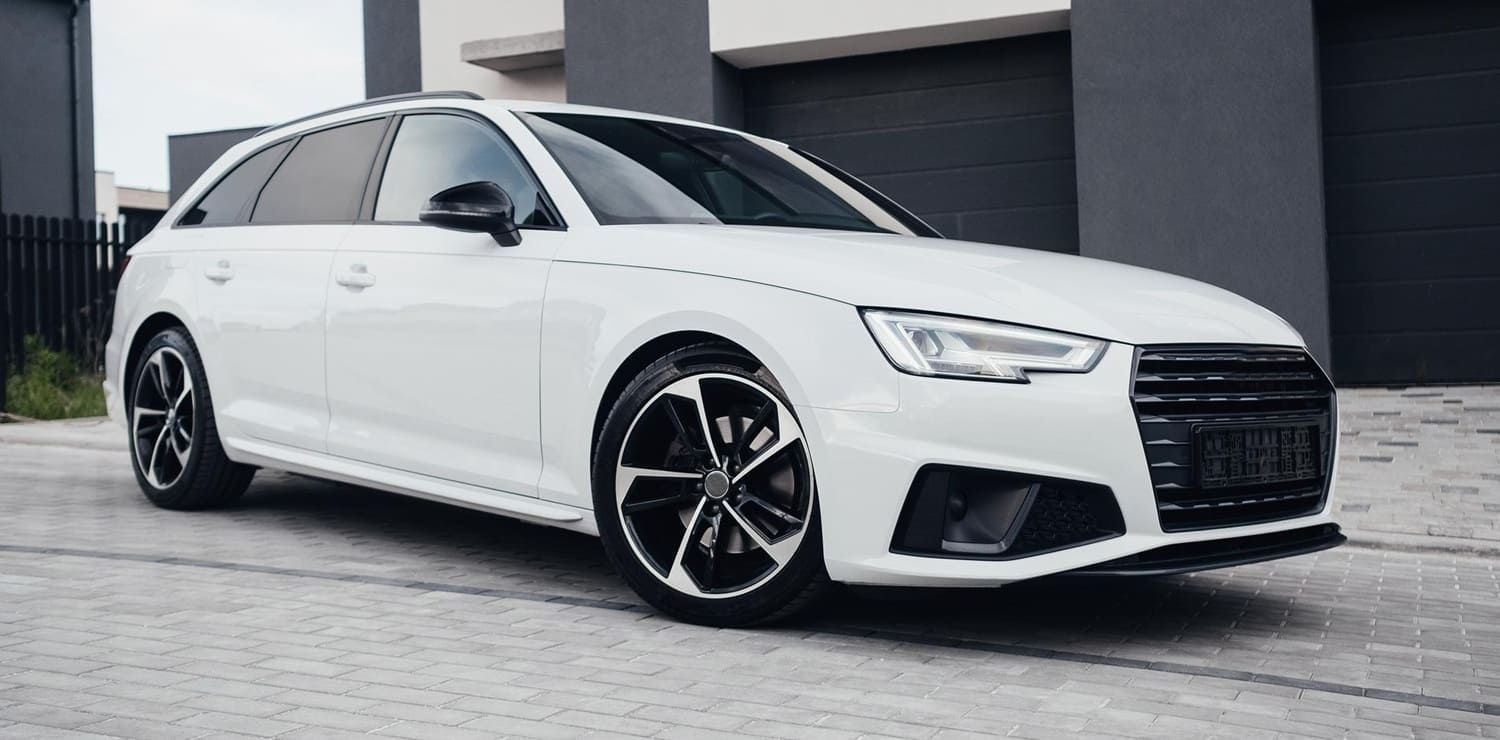
Why Choose Llumar FormulaOne Auto Window Tinting?
Llumar FormulaOne auto window tinting is renowned for its high-quality materials and superior performance. Here's why it might be the best choice for your car:
- Advanced Technology: Llumar tints are engineered with state-of-the-art technology to provide exceptional UV protection and heat rejection. This makes them an excellent choice for those looking to maximize the protective benefits of window tinting.
- Durability: These tints are designed to withstand the elements, maintaining their appearance and effectiveness over time. Longevity is a key factor, as it ensures that your investment continues to provide benefits without frequent replacements.
- Warranty: Llumar offers a limited lifetime warranty, ensuring peace of mind with your investment. This warranty covers peeling, cracking, and other potential issues, providing assurance of quality and performance.
- Customizable Options: With a wide range of shades and finishes, Llumar allows you to customize the look of your car while meeting your specific needs. This flexibility means you can tailor the tint to match your car's aesthetic and your personal preferences.
Installation Considerations
For the best results, professional installation is recommended. Experienced technicians can ensure a precise fit and flawless finish, maximizing the benefits of your chosen tint.
DIY vs. Professional Installation
- DIY: More affordable, but requires skill and patience to avoid bubbles and imperfections. While it can be a tempting cost-saving option, DIY installation often results in a less-than-perfect finish, which can detract from the overall appearance and effectiveness.
- Professional: Ensures a perfect finish, comes with a warranty, and saves you time and effort. Professional installers have the expertise and tools to apply tints without imperfections, guaranteeing that your tint looks great and functions as intended.
Conclusion
At Winter Park Tint & Paint Protection, your Trusted LLumar SelectPro and FormulaOne Auto Tint installers near you serving Winter Park, FL, we offer free estimates to help you choose the perfect tint for your vehicle.
Selecting the best tint shade for your car involves balancing aesthetics, functionality, and legal compliance. Whether you choose a light, medium, dark, or limo tint, consider the benefits and limitations of each option. With top-quality products like LLumar FormulaOne auto window tinting, you can enhance your car's appearance while enjoying improved comfort and protection.
Ultimately, the best tint shade for your car depends on your personal preferences and needs. By considering the factors outlined in this article, you can make an informed decision that enhances your driving experience and keeps your vehicle looking great for years to come. Remember, the right tint not only complements your vehicle's style but also significantly improves your comfort and safety on the road.
FAQs About Choosing the Best Tint Shade for Your Car
What is the best tint shade for my car?
The best tint shade depends on your needs for privacy, heat rejection, UV protection, and legal limits. Most drivers choose between 5%, 20%, 35%, and 50% VLT (Visible Light Transmission) levels based on their goals and state laws.
What do the percentages mean in tint shades?
The percentage refers to how much visible light the film lets through. For example, 5% VLT is very dark and blocks 95% of light, while 50% VLT is much lighter, allowing more visibility.
Which tint shade offers the most privacy?
5% or 15% VLT are the most private options, commonly used on rear windows or for limos. They make it very hard to see inside from the outside.
What tint shade is best for heat and UV protection?
Ceramic tints with 30–50% VLT can offer excellent heat and UV rejection without going too dark. Some clear ceramic films block 99% of UV rays even at 70–80% VLT.
Is darker tint always better?
Not necessarily. While darker tints offer more privacy, they can reduce nighttime visibility and may be illegal on certain windows in your state. Quality matters more than darkness for performance.
What’s the most popular tint shade for daily drivers?
20% and 35% VLT are commonly chosen for a balance of style, privacy, and legal compliance. These shades offer visible difference without impairing vision too much at night.
Can I tint my front windows darker than my rear?
Most states require lighter shades (35% or higher) on front windows and allow darker tints on rear side and back windows. Always check your state’s tinting laws before installation.
What shade do most luxury cars use?
Luxury vehicles often feature 30–40% ceramic tints that are light enough to look classy yet still offer premium heat and UV protection.
Is clear tint a good option?
Yes. Clear or light ceramic films (70–80% VLT) can block infrared and UV rays without noticeably darkening your windows—ideal for legal compliance and maximum visibility.
Does the best tint shade depend on climate?
Yes. In hot, sunny regions, drivers may prefer darker or heat-rejecting ceramic films. In colder areas, lighter shades may be enough if heat retention isn’t a concern.
Is limo tint (5%) legal?
5% VLT is usually illegal on front windows in most states but is sometimes allowed on rear and rear-side windows. Always confirm with local laws before installing.
What tint level looks the most factory?
35% VLT is often closest to a factory look while still offering some shading, making it a good choice for drivers who want a subtle, OEM-style appearance.
Can I choose different shades for different windows?
Yes. Many drivers go with lighter front window tint for legal compliance and darker rear tint for privacy and uniform appearance.
What if I want nighttime visibility to remain high?
Stick with 35–50% VLT for safe night driving. These allow clearer visibility in low-light conditions while still reducing glare and heat.
Do darker tints improve safety during a crash?
While not designed for crash protection, tints can help hold shattered glass together, adding a layer of safety in accidents or break-ins.
Which tint shade is best for resale value?
Tints that comply with local laws and offer UV protection are often appealing to future buyers. Neutral or medium shades are safest for broad appeal.
What tint should I choose for a white or silver car?
Darker shades like 20% or 35% contrast well with light-colored cars, giving a sporty, high-end look without going overboard.
Is there a tint that blocks heat without looking dark?
Yes—infrared or ceramic films with high VLT (e.g., 70%) can block a significant amount of heat and UV without noticeably tinting the window.
Can I test how a tint shade looks before applying?
Many shops offer virtual tint simulators or demo windows to preview how different shades will look on your exact car model.
how do I choose the right tint shade?
Base your choice on style preferences, visibility needs, legal limits, and climate. When in doubt, 35% ceramic tint offers a balanced mix of performance, appearance, and compliance.

